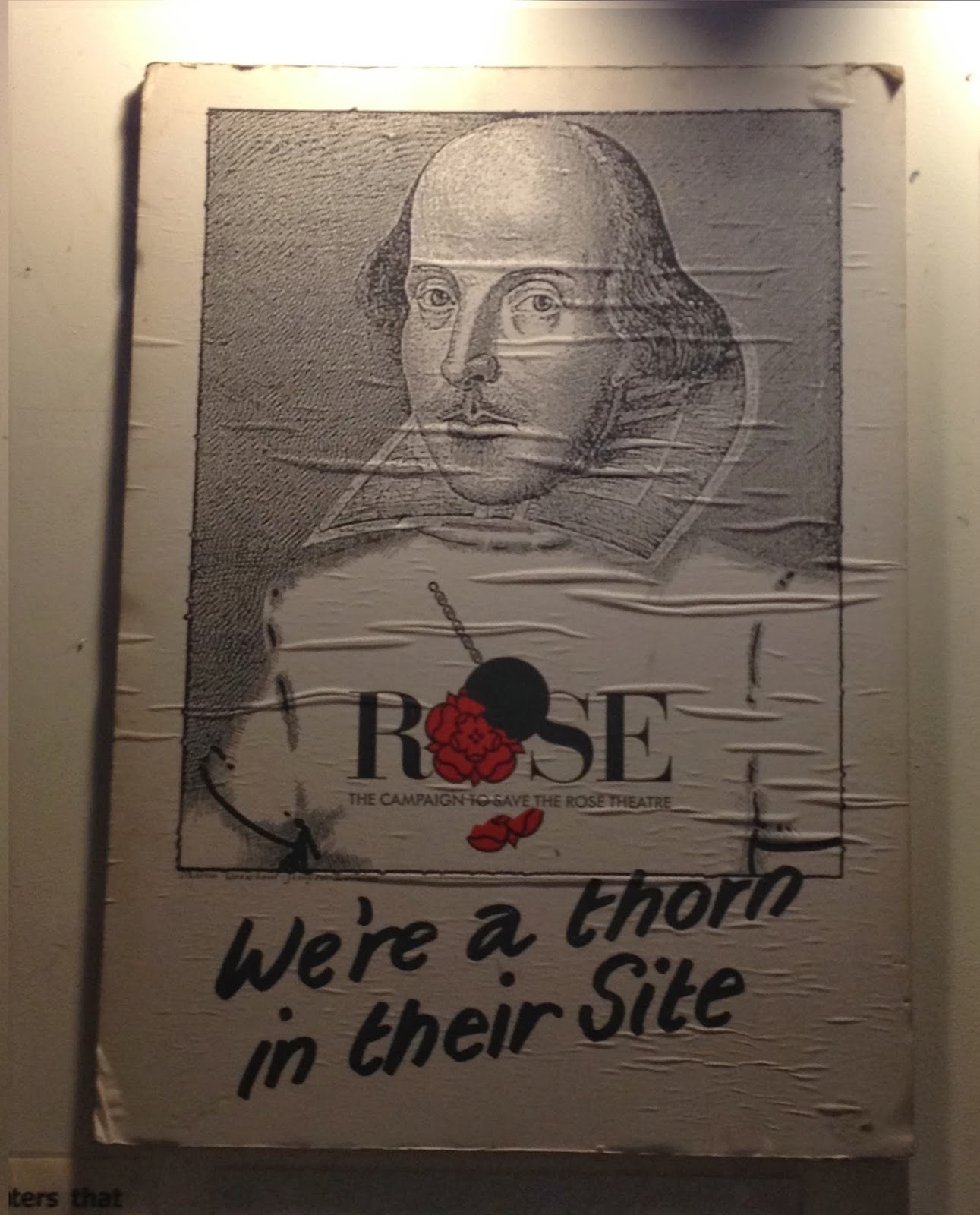Stewart owned a slave called Somerset. He brought Somerset from Virginia to London. He planned to take Somerset to Jamaica where he would sell him.
On arrival in London, Somerset escaped. Stewart ordered for him to be captured and returned to his ship. Somerset applied to the court for a writ of habeus corpus, arguing that his detention was unlawful.
Where is it on the map?
Kenwood House, home of Lord Mansfield, the leading judge in Somerset's case is at point N.
Who won?
Somerset. Stewart had argued that the English common law did not prohibit slavery and therefore it was not unlawful to hold a person as a slave. Lord Mansfield disagreed. He held that slavery was not lawful simply because the common law was silent about it, or because it was lawful in other parts of the Empire. Instead, Lord Mansfield said that slavery was 'so odious' that it could only be permitted if some positive law (i.e. an Act of Parliament) allowed it.
What's the principle of law?
Although this is a famous case, the principle of law is actually quite a narrow one. It didn't make slavery illegal in the colonies. It simply held that the common law did not permit slavery in England. Therefore, in the absence of positive law to the contrary, slavery could not be legal in England. Arguably the case was of more significance in political than legal terms.
What's it like today?
Kenwood House was owned by Lord Mansfield's heirs until the early 20th century. Famously, it was home to Lord Mansfield's mixed race neice, Dido Belle (subject of the 2014 film, Belle). In 1925 Kenwood was purchased by Edward Cecil Guinness, 1st Earl of Iveagh, who filled it with paintings and opened it to the public. It was taken over by English Heritage in 1986.
Kenwood today is largely a backdrop to the paintings from the Iveagh bequest, which include works by Rembrandt, Vermeer, Turner and Gainsborough. The library, however, is presented very much as Lord Mansfield's room. It was designed for Lord Mansfield by Robert Adam and is richly decorated with frescos and plasterwork.
This one shows Justice embracing Peace:
The library features a number of paintings and busts of the great judge and his family:
Kenwood House is set on the edge of Hampstead Heath and, unlike many English Heritage properties, entry is free.































